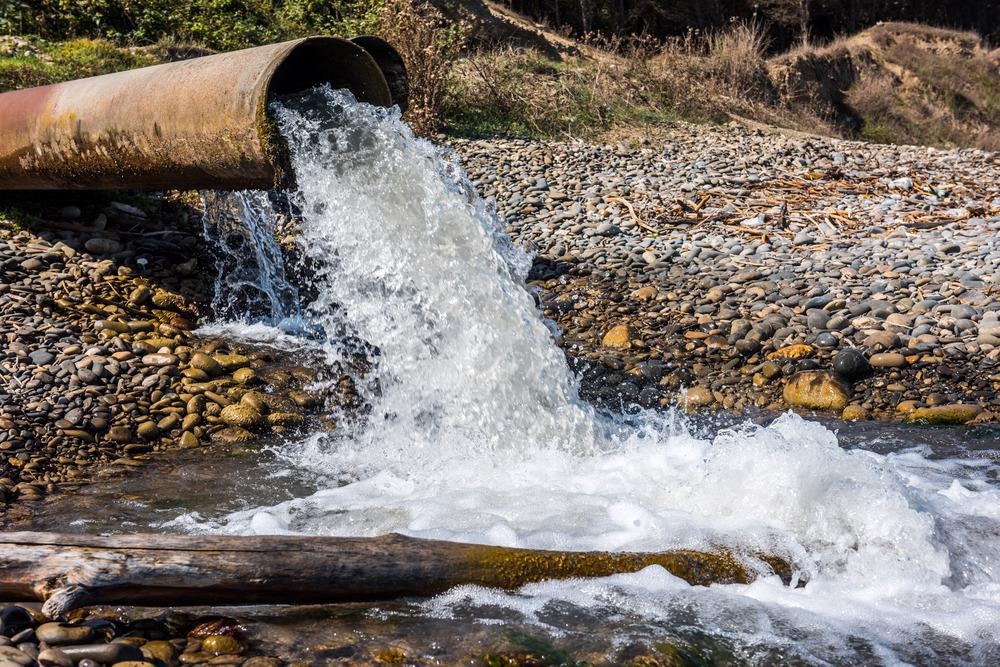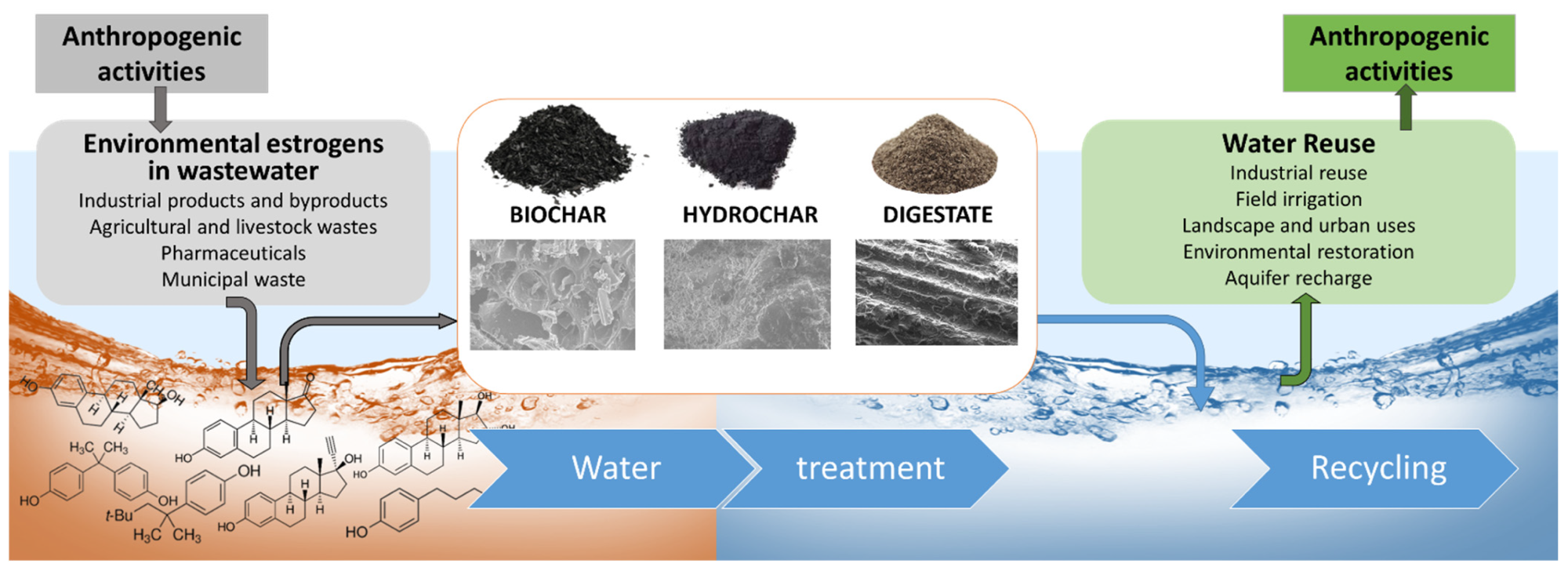 By Surbhi JainReviewed by Susha Cheriyedath, M.Sc.Mar 8 2022
By Surbhi JainReviewed by Susha Cheriyedath, M.Sc.Mar 8 2022In a review published in the open-access journal Materials, researchers discussed the recent advances in biowaste recycling-derived innovative materials and their utility for the removal of environmental estrogens from soil and water.

Study: Recent Advances on Innovative Materials from Biowaste Recycling for the Removal of Environmental Estrogens from Water and Soil. Image Credit: Vastram/Shutterstock.com
Background
The protection of the environment is one of the most important things to consider in modern times. Various innovative technologies to convert biowaste into bioenergy have been implemented in recent years to satisfy the growing global demand for energy as well as to solve the problem of the huge mass of organic waste generated annually by industrial, agricultural, and municipal activities.
These processes also produce massive amounts of solid carbon-rich byproducts and coproducts, such as hydrochar (HC), biochar (BC), and digestate (DG), which can be used in a variety of agricultural and environmental applications.
These materials' environmental uses are based on their exceptional capacity to act as adsorbents for a wide range of inorganic and organic contaminants. Bisphenol A, octylphenol, and nonylphenol are alkylphenols that have estrogenic actions. Their pervasiveness in ecosystems poses a significant hazard to both wildlife and people.
Traditional wastewater treatment plants frequently fail to remove estrogens from the environment (EEs). Organic contaminants can be removed from an aqueous medium using a variety of complex and expensive procedures. The ability to cleanse wastewater and soil using coproducts and byproducts of bioenergy technologies could be a viable alternative to more sophisticated and less sustainable ways.

Water recycling. Image Credit: Loffredo, E, Materials
About the Study
In the present study, the authors reviewed the capability of a modern and sustainable method based on recycled biowaste for reducing the presence of EEs in the environment. Materials like BC, HC, and DG were investigated for their use as a biosorbent for the removal of EEs due to their low cost and continuously improving performance. The advantages related to their production, such as carbon sequestration, virtuous organic waste management, circular economy implementation, and bioenergy production were also elucidated. The study of biosorbent characterization, qualitative and quantitative features of the adsorption/desorption process, and data modeling were carried out.
The potential of biowaste recycling materials to act as low-cost biosorbents in environmental applications was demonstrated using a modern and sustainable approach that could add value to environmental benefits owing to the advantages achieved with the production of these materials. This review included recent literature, with the majority of the references taken from the last few years.
Observations
In a long-term monitoring study, BPA was found in seawater, freshwater, marine sediments, and freshwater sediments at average levels of 7 ng L-1, 29 ng L-1, 0.03 ng g-1, and 7 ng g-1, respectively, in Europe and 1 ng L-1, 5 ng L-1, 1 ng g-1, and 0.7 ng g-1, respectively, in North America. Single endocrine-disrupting chemicals (EDCs) were discovered at quantities in the range from 132 to 28,000 ng L-1 in water and 0.7 to 155 ng g-1 in sediments in a lagoon located in a coastal area of Southern Italy. Several studies showed that the low-moisture-containing feedstock required temperatures ranging from 300 to 800 °C, an extremely low oxygen environment, and a retention time of more than 0.5 hours to produce BC.
The first phase of mass loss was caused by the loss of moisture (dehydration) and occurs between 50 and 150 °C, whereas the second phase occurs between 150–200 °C and was primarily caused by the thermal degradation (volatilization and decomposition) of hemicelluloses and cellulose; and the third phase was caused by the degradation of lignin and occurs between 360 and 600 °C.
Coproducts and byproducts of bioenergy generation, such as HC, BC, and DG demonstrated a strong ability to remove organic contaminants from water, including EEs, and contributed significantly to soil remediation. The effectiveness of these materials was determined by their physicochemical qualities as well as the type of pollutant.
Conclusions
In conclusion, this review elucidated the key elements of BC, HC, and DG biosorbents, EEs, and the accompanying adsorption process in terms of interaction mechanisms and modeling of sorption data. The most common analytical methods for characterizing biosorbents and evaluating EE–biosorbent adsorption are also discussed.
The authors demonstrated that the utilization of biosorbents derived from the thermochemical and biological conversion of biowaste is a promising method. They believe that the remediation strategy proposed in this review could be used in conjunction with other currently available solutions owing to its low-cost and easy implementation. However, they also emphasized that further research is needed to make these biosorbents competitive in terms of performance before they can be used on a large scale.
Disclaimer: The views expressed here are those of the author expressed in their private capacity and do not necessarily represent the views of AZoM.com Limited T/A AZoNetwork the owner and operator of this website. This disclaimer forms part of the Terms and conditions of use of this website.
Source:
Loffredo, E., Recent Advances on Innovative Materials from Biowaste Recycling for the Removal of Environmental Estrogens from Water and Soil. Materials 15(5), 1894 (2022). https://www.mdpi.com/1996-1944/15/5/1894